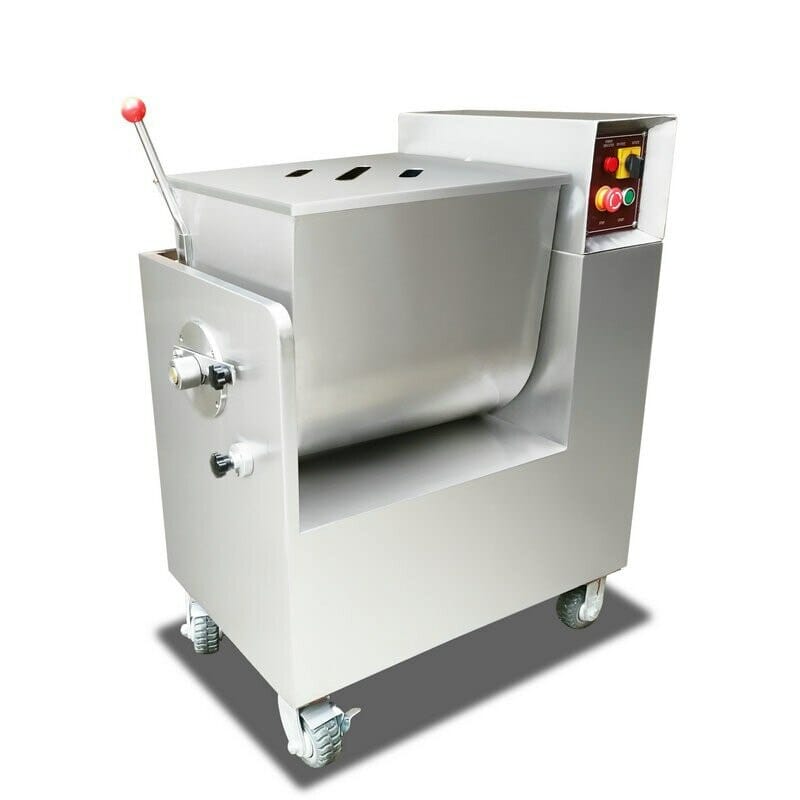10 years of experience as a food machinery equipment manufacturer
10 years of experience as a food machinery equipment manufacturer
Entering the world of food production, particularly in sausage making or dumpling filling, often brings beginners face-to-face with a key piece of equipment: the mixed meat filling and mixing machine. Understanding its operation is crucial for achieving consistent, high-quality results efficiently and safely. This guide provides a clear, step-by-step approach for newcomers.

These machines are designed to uniformly mix ground meat with seasonings, fats, and other ingredients, and subsequently pump the mixed filling into casings or other packaging. Key components typically include:
Always consult the specific manufacturer’s manual before first use, as designs can vary.
Follow these steps carefully to ensure smooth operation:
Many commercial mixers feature vacuum capabilities:
Note: Skip this step if your machine lacks a vacuum function.
Modern mixed meat filling and mixing machines are designed with user-friendliness in mind, even for those new to food processing. By adhering strictly to safety protocols, meticulously preparing ingredients, following the step-by-step process outlined above, and performing diligent cleaning, beginners can quickly gain confidence and competence. These machines significantly streamline production, enhance consistency in mixed fillings, and improve overall workflow efficiency for small-scale producers and enthusiasts alike.
